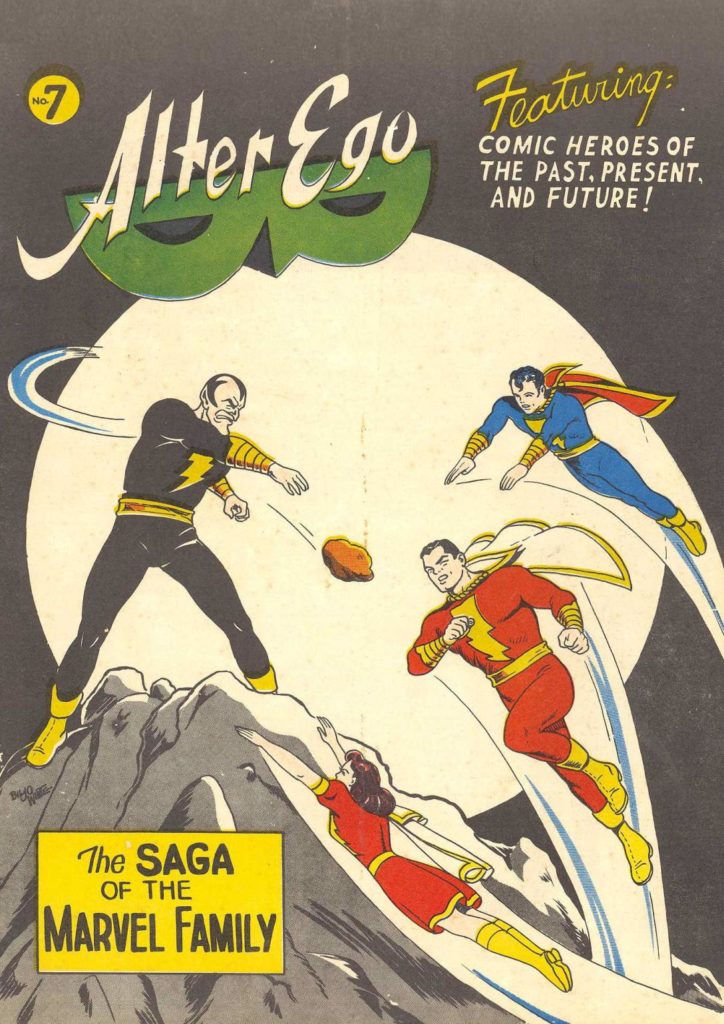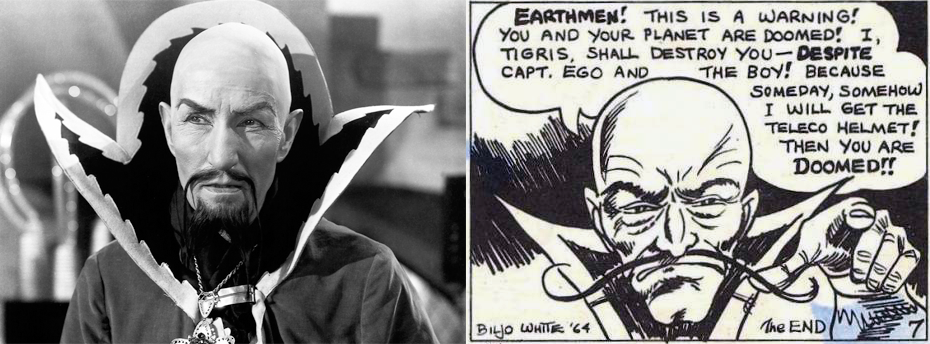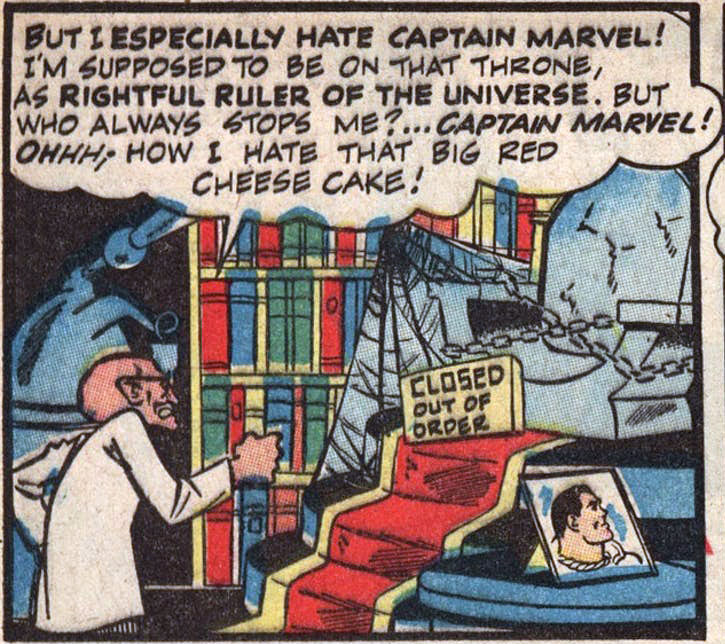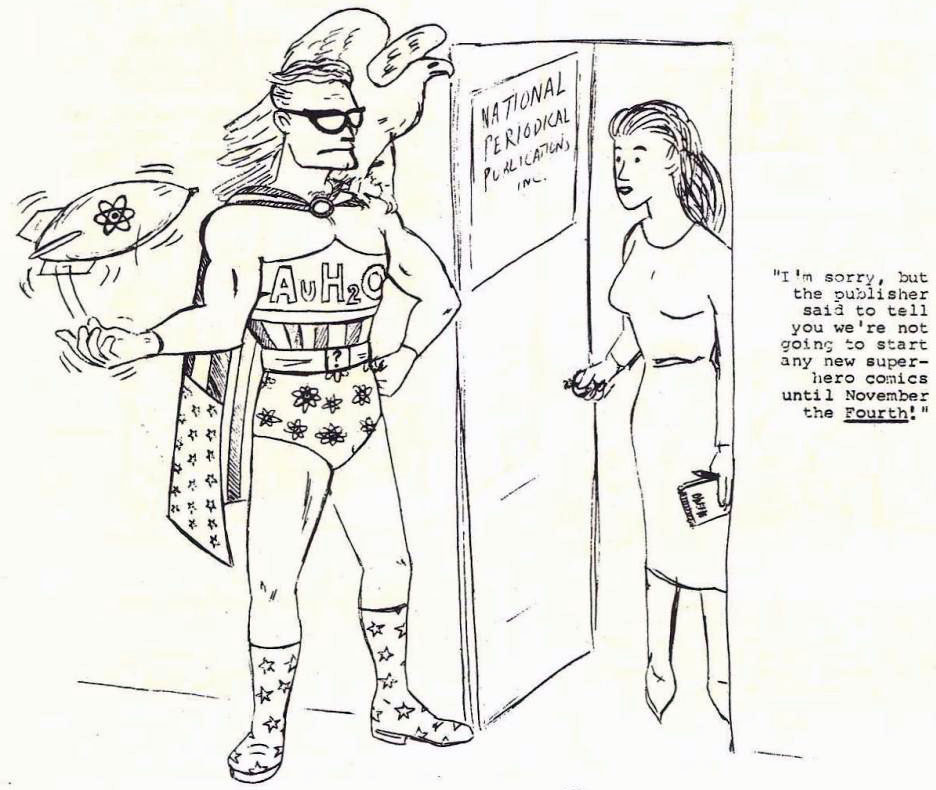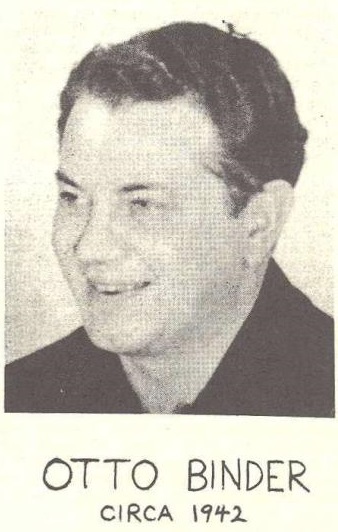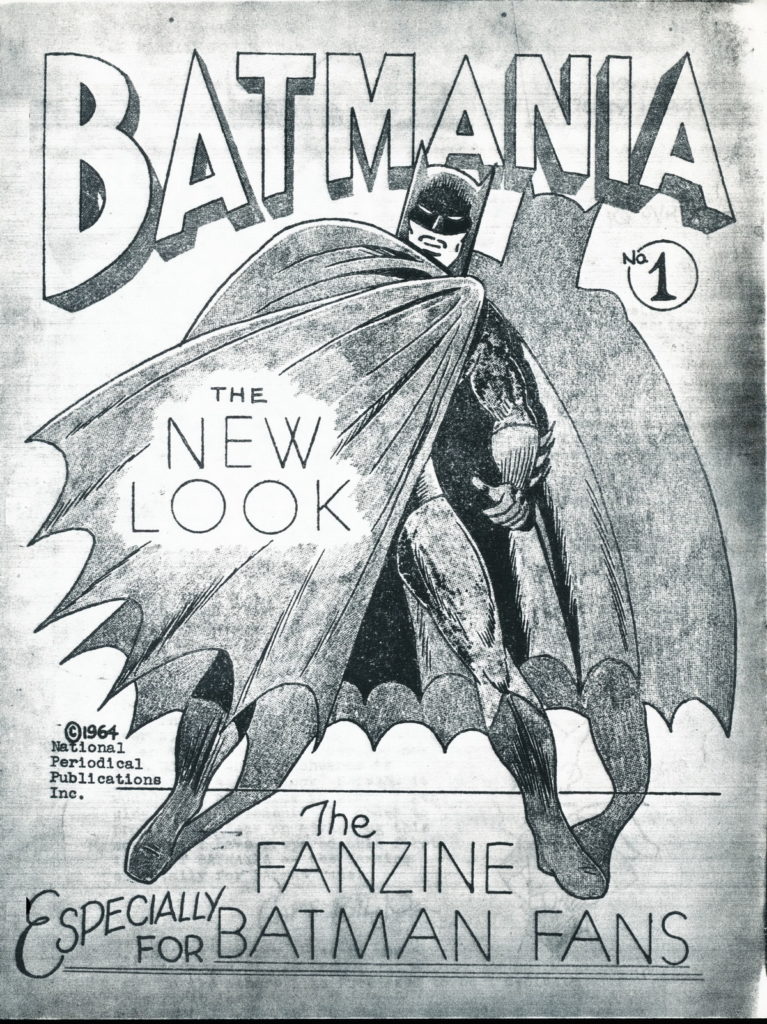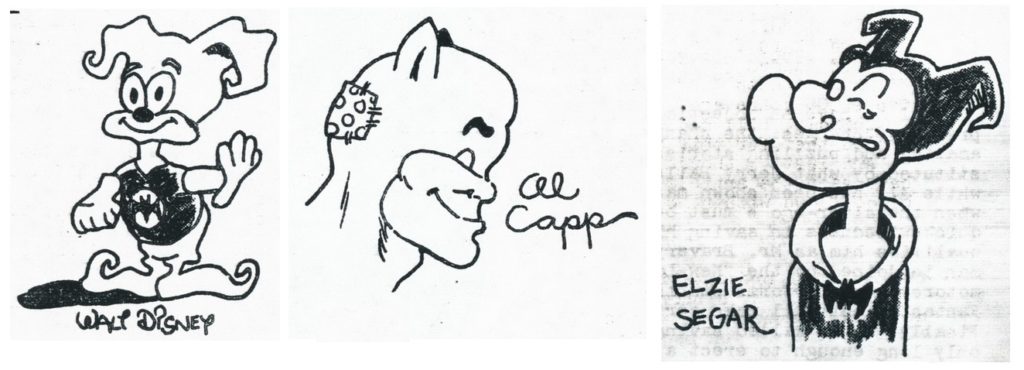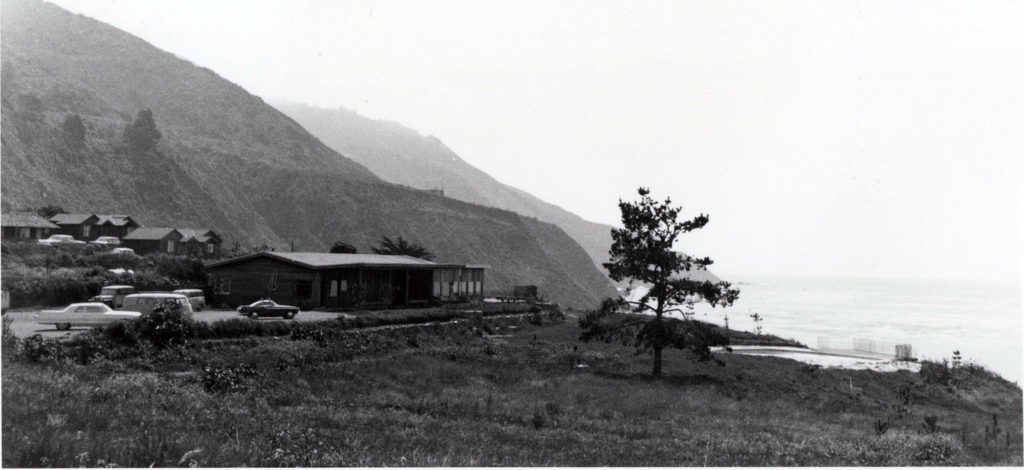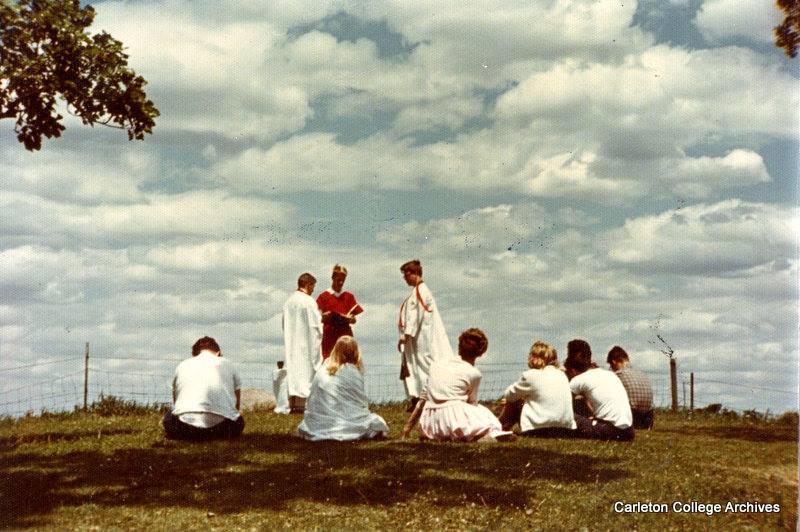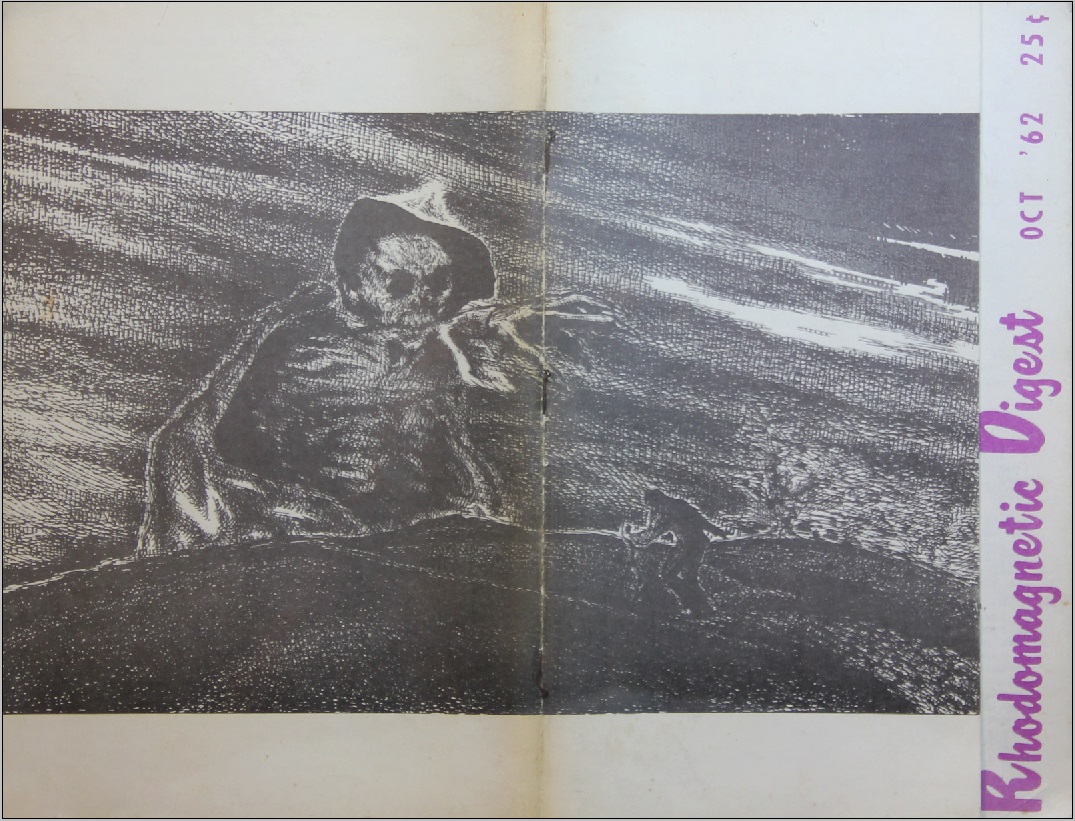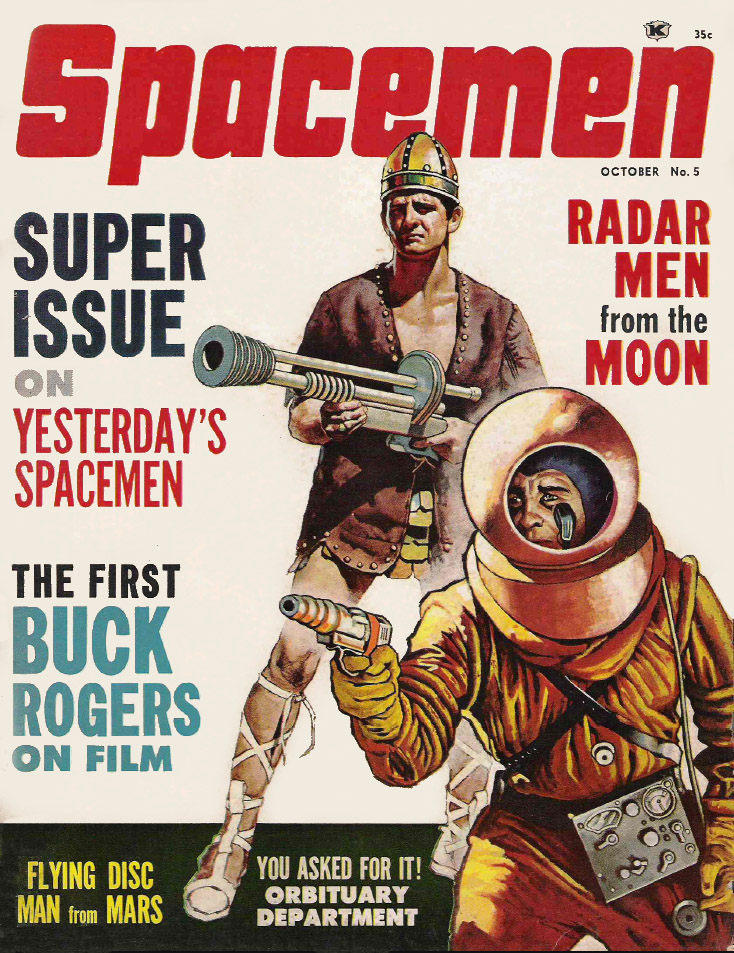
by Alison Scott
You will have to make, I fear, some allowances for your fanzine correspondent, recently returned – as reported only a couple of days ago by the Traveler – from the World Science Fiction Convention.
The Fan Hugos – not, thank goodness, the Pongs – were awarded for Best Fan Writer and Best Fan Artist as well as Best Fanzine. They instantly caused controversy because Jack Gaughan won for both Best Professional Artist and Best Fan Artist. However, Gaughan is a prolific and generous fan artist, contributing covers and interior illustrations to many fanzines, as well as doing fine professional illustrations. It seems to me that it is possible for someone to produce both fan and professional work in the same year. But we are reliant on the voting fans to not confuse the two, or to vote purely based on 'name' quality.
Alexei Panshin's win for Best Fan Writer surely reflects the publication of his critical book Heinlein in Dimension over the previous year, primarily in one of the nominated fanzines, Riverside Quarterly. This book has had a strange history; Panshin wrote it under contract but on reflection (and perhaps worry of a suit from the subject of the book) the publishers decided not to go ahead with it, so he published it in sections in fanzines, predominantly RQ. This only counts as fan writing by the narrowest of margins, but it is fine work and it's not surprising the Hugo voters saw fit to reward it.
Meanwhile, I have brought back to London a veritable heap of fanzines, and by a happy coincidence every fanzine that was nominated for a Hugo last year has continued to publish. They have all, in the wake of their nominations, mentioned the possibility of the fanzine Hugo being renamed the Pong, and unsurprisingly none of them were in favour of it.
NIEKAS 18, Spring 1967, edited by Ed Meskys and Felice Rolfe
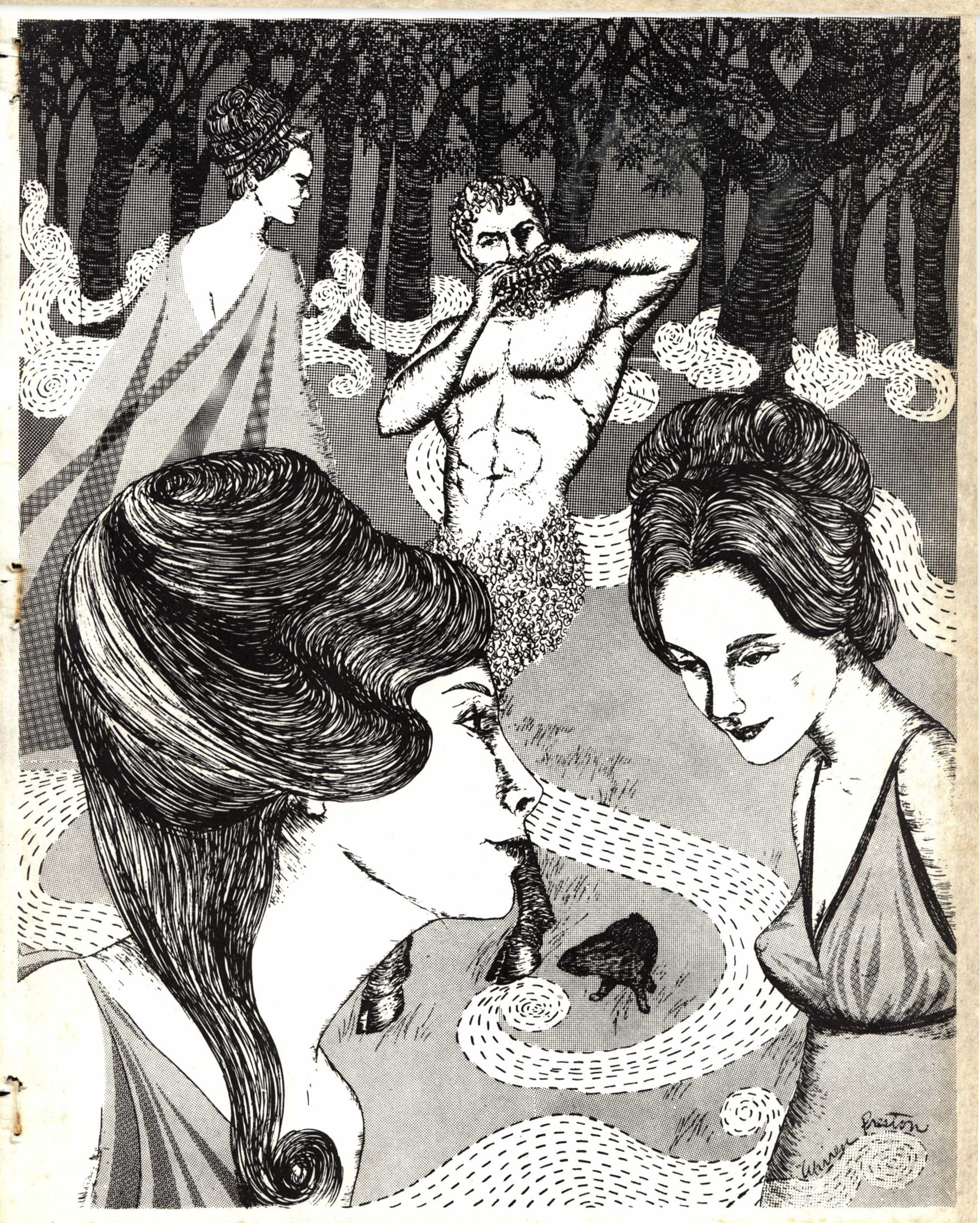
Cover of Niekas 18, by Warren Preston
NIEKAS won Best Fanzine for 1966. This issue is notable chiefly for the variety of material on offer. You might call it uneven. The lead article here, from Ben Solon, aims to directly counter Panshin's reading of Heinlein. It is not, I think, as compelling an argument. The fanzine continues with a pun-filled faanfiction story. Faanfiction, as distinct from fan fiction, is fiction about science fiction fandom. Most of it does not repay careful reading, and some of it does not repay reading at all. There is a reprint of John Brunner's address to Tricon, a strange mixture of industry anecdotes, Brunner's customary self-aggrandisement, and a passionate call to action for science fiction to be, well, better. More challenging, more speculative, and more daring.
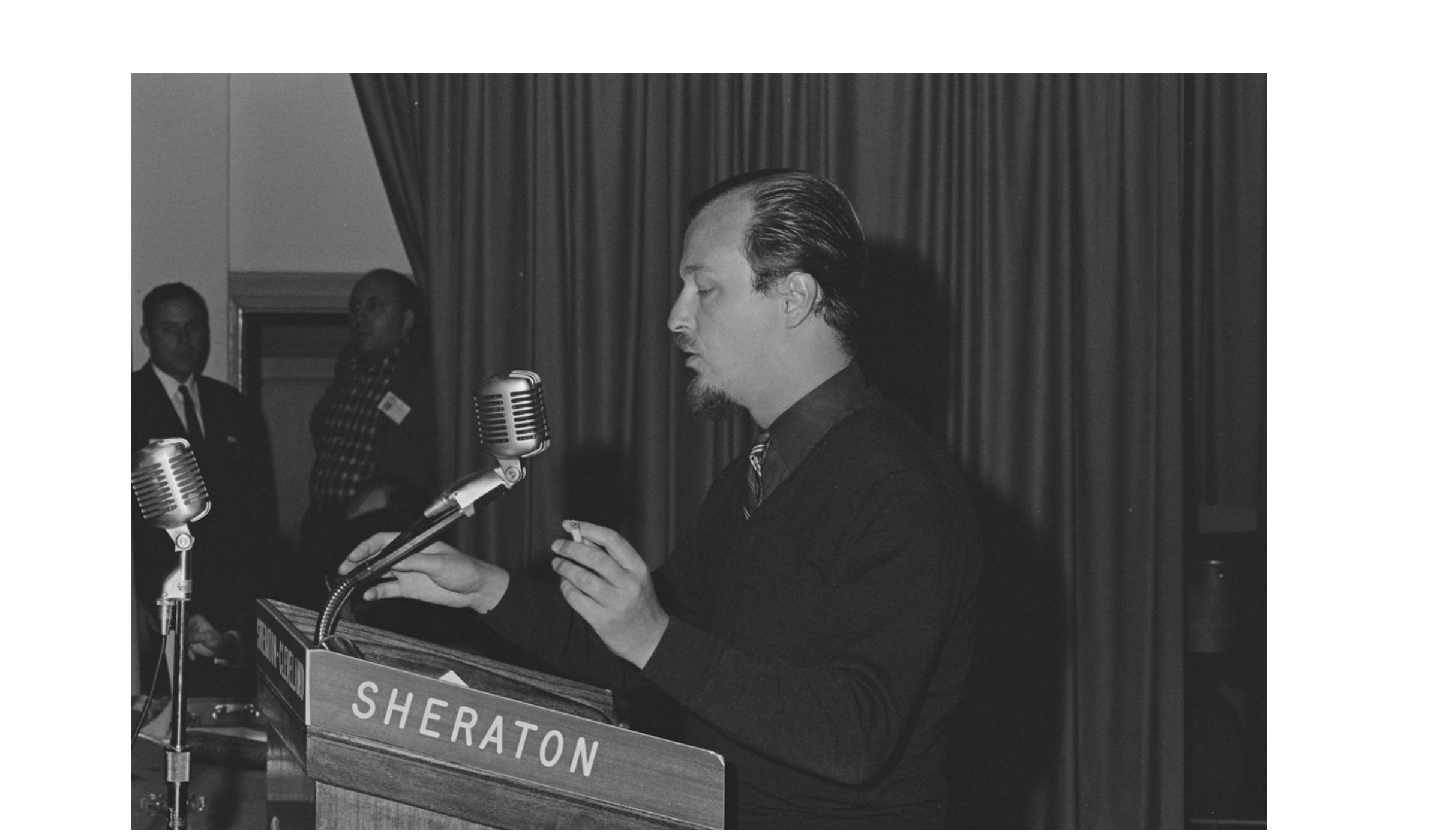
John Brunner addresses Tricon, by Jay Jay Klein
Otherwise here we have a partial glossary of Middle Earth, a relatively dull overview of SF in Denmark that could have done with an edit, and then, tucked in at the end, the transcript of a half-hour telephone call with JRR Tolkien by Harry Resnik. Resnik explained that he had agreed to have transatlantic tea, and set the call, and the recorder, for 11am Eastern, 4pm UK. The interview, one of the most detailed yet given by the Lord of the Rings author, is followed up by an equally illuminating Tolkien Society discussion. Startling, but well hidden.
Australian Science Fiction Review 11, August 1967, edited by John Bangsund
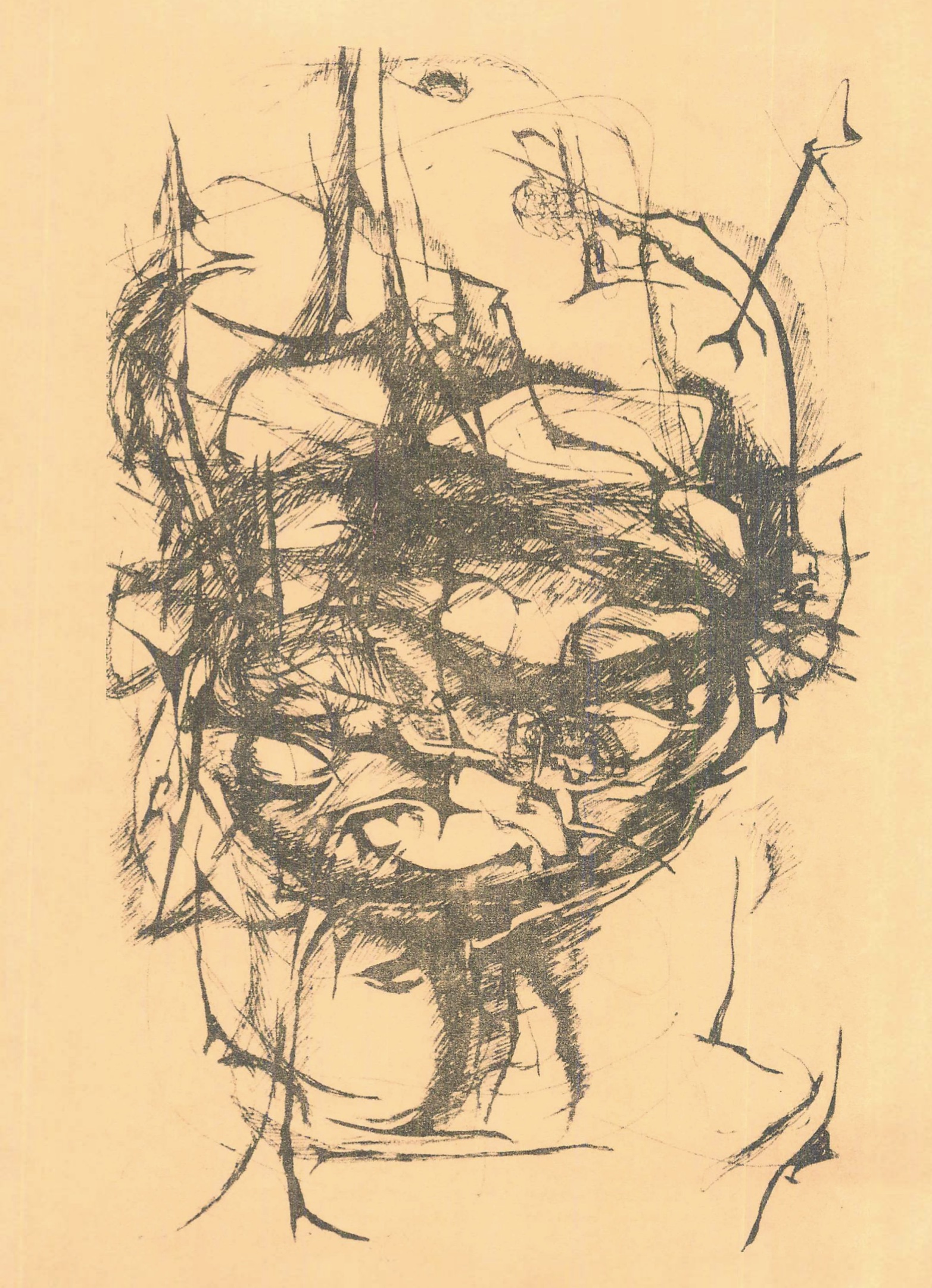
"Cordwainer Smith illustration" by Steve Rasmussen from ASFR 11
Such a contrast from NIEKAS! ASFR is a serious critical fanzine with only the slightest fannish side. The editors had an article in preparation about the works of Cordwainer Smith. When the man behind the pseudonym, Paul Linebarger, died last year they decided to go further. Linebarger/Smith's death has not been covered by the Journey as far as I can see, but he was a great loss to our field. He leaves a fine if limited oeuvre, and this fanzine features a detailed obituary by a man who knew him well, a critical consideration of the work, a conversation by the authors of those two pieces, and a bibliography. ASFR 11 also features an index to the first ten issues of ASFR; Harry Warner Jr. is on record as quipping it's about time someone produced an Index to the Indices, a sentiment I understand entirely. But the value of indices of this kind in helping us locate articles and information is invaluable.
Lighthouse 15, August 1967
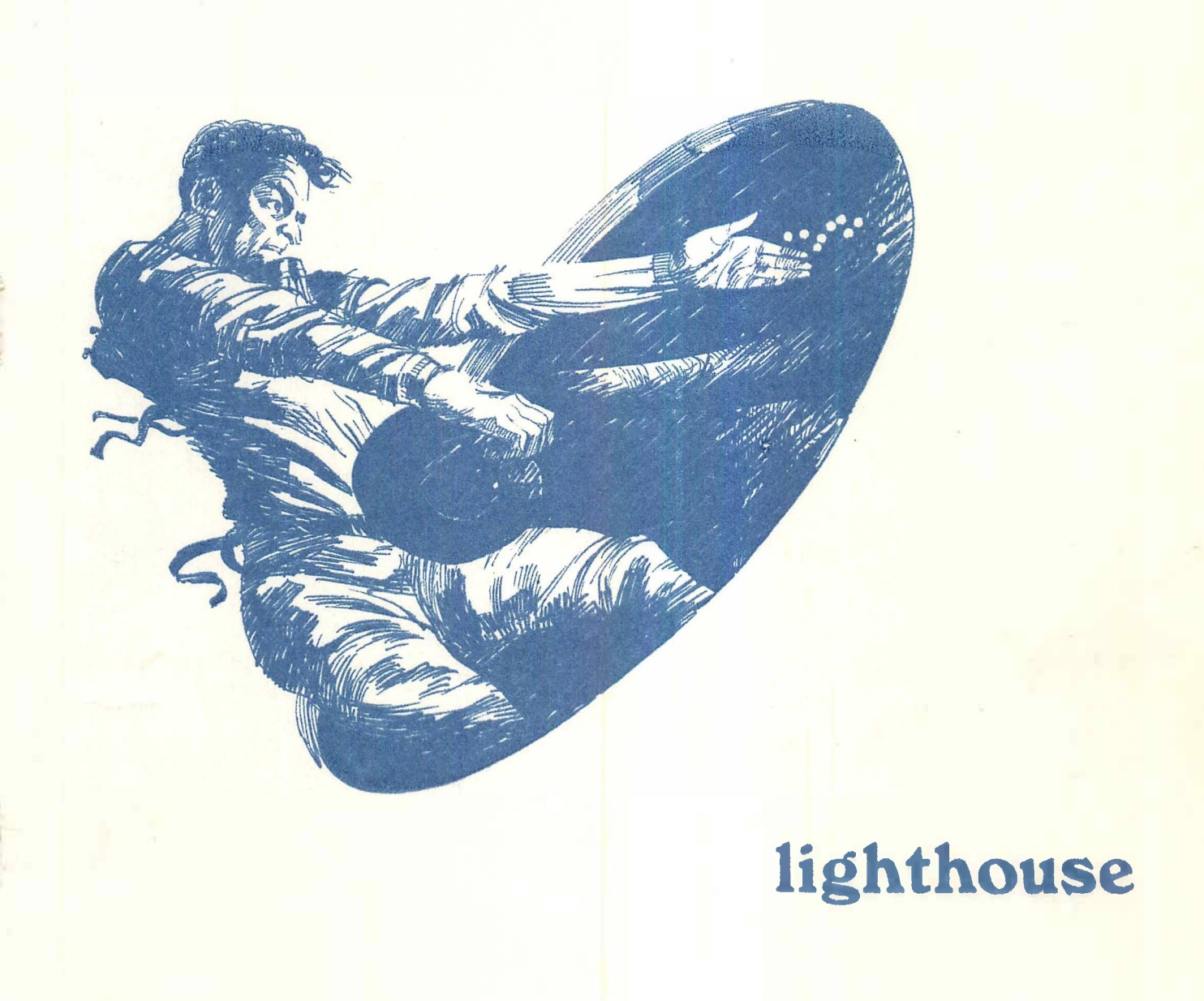
Cover of Lighthouse 15 by Jack Gaughan
Ben Solon writes in the letter column "a fanzine of this size and quality seems to inhibit as much comment as it inspires". This fanzine is very good. The pieces hang together far better as a whole, and their general quality is higher than those in, say NIEKAS. It is also far more fannish, with multiple articles that provide insight into the life, and not merely the reading habits, of the authors. Most of those authors are professionals; Carr is well-connected and persuasive. Lighthouse is at its best when it is at its most personal. A well-researched article by Fritz Leiber about the Anima Archetype in science fantasy is less beguiling somehow than an amusing travelogue by Samuel R Delany. And how enticing is the home life of Terry and Carol Carr, as seen through the lens of their fan writing? This would have my vote.
Yandro 172, June 1967, edited by Buck and Juanita Coulson
Yandro 173, August 1967, edited by Buck and Juanita Coulson
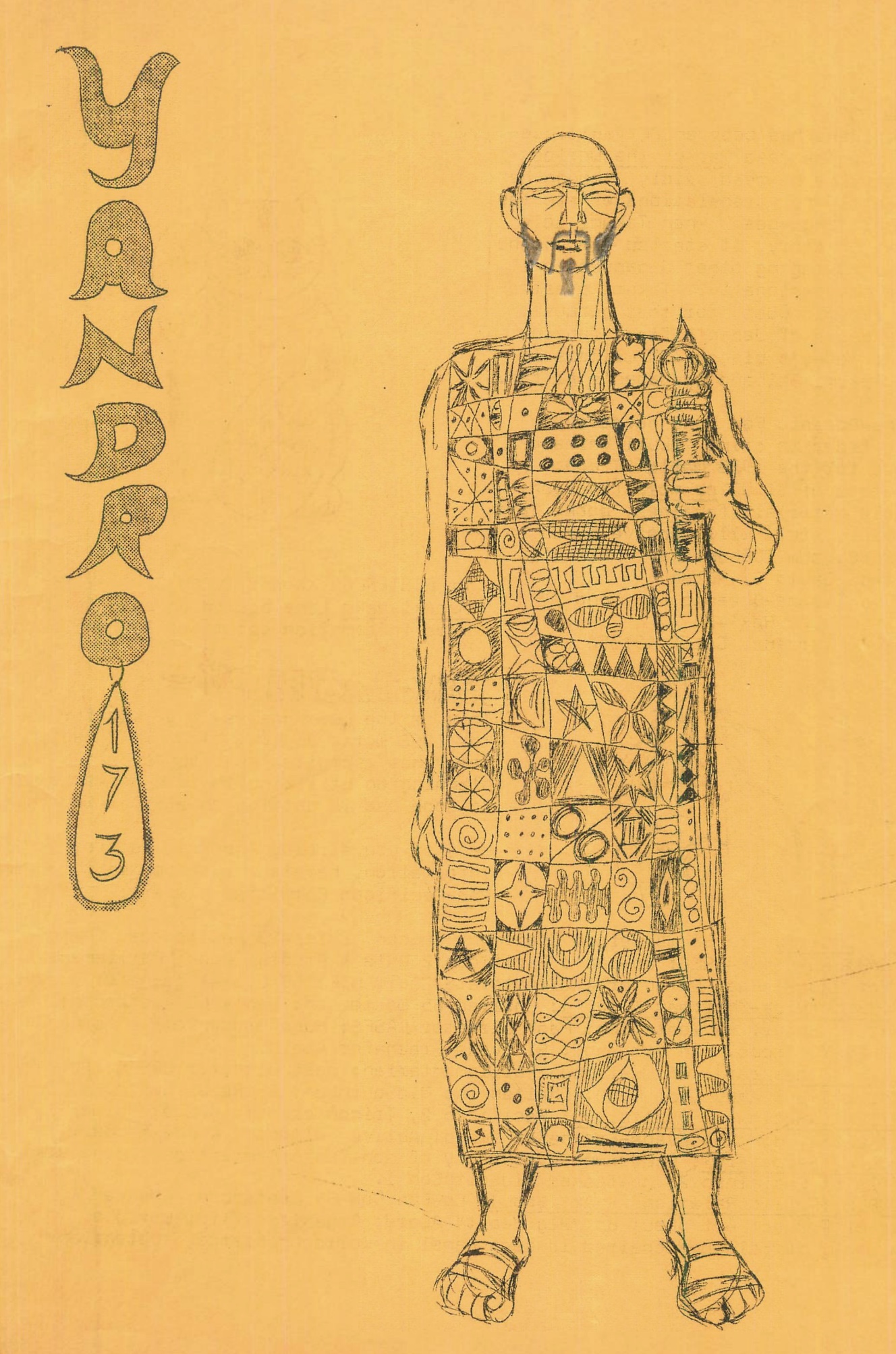
Cover of Yandro 173 by Cynthia Goldstone
Yandro 172 (June 1967) and 173 (August 1967) are bundled wtih a flyer advertising the Pan-Pacificon bid to hold the 1968 World Science Fiction convention in both Los Angeles and Tokyo! This would be very exciting but I am not at all sure how it would work, the flyer does not explain, and in any event this bid did not win and next year's World SF Convention will be Baycon. Linked to this is a flyer for the Trans-Oceanic Fan Fund, aiming to bring Japanese fan Takumi Shibano to the World SF Convention. Yandro – a much shorter and more frequent fanzine than some of these – normally features news, reviews and letters, together with one or two longer articles. In 172, the long article in this issue consists of a round-up of the current state of Swedish science fiction fandom from Bo Stenfors. This is fascinating stuff and I hope that the Journey can attract a Swedish correspondent soon. More unusually, 173 gives a great deal of space to Star Trek, with a bibliography by Ruth Berman covering almost every serious and trivial article about the show and its leads. She remarks that far more attention is given to Shatner and Nimoy than to the creators or to the actors in more minor roles. "There are no articles about Gene Roddenberry, who chiefly deserves credit for Star Trek… yet the various articles on the actors and the show… show him as a man of integrity and humor". Yandro's essential for news and updates but there are better fanzines here.
Habakkuk, Chapter II, verse 3, February 1967, edit by Bill Donaho
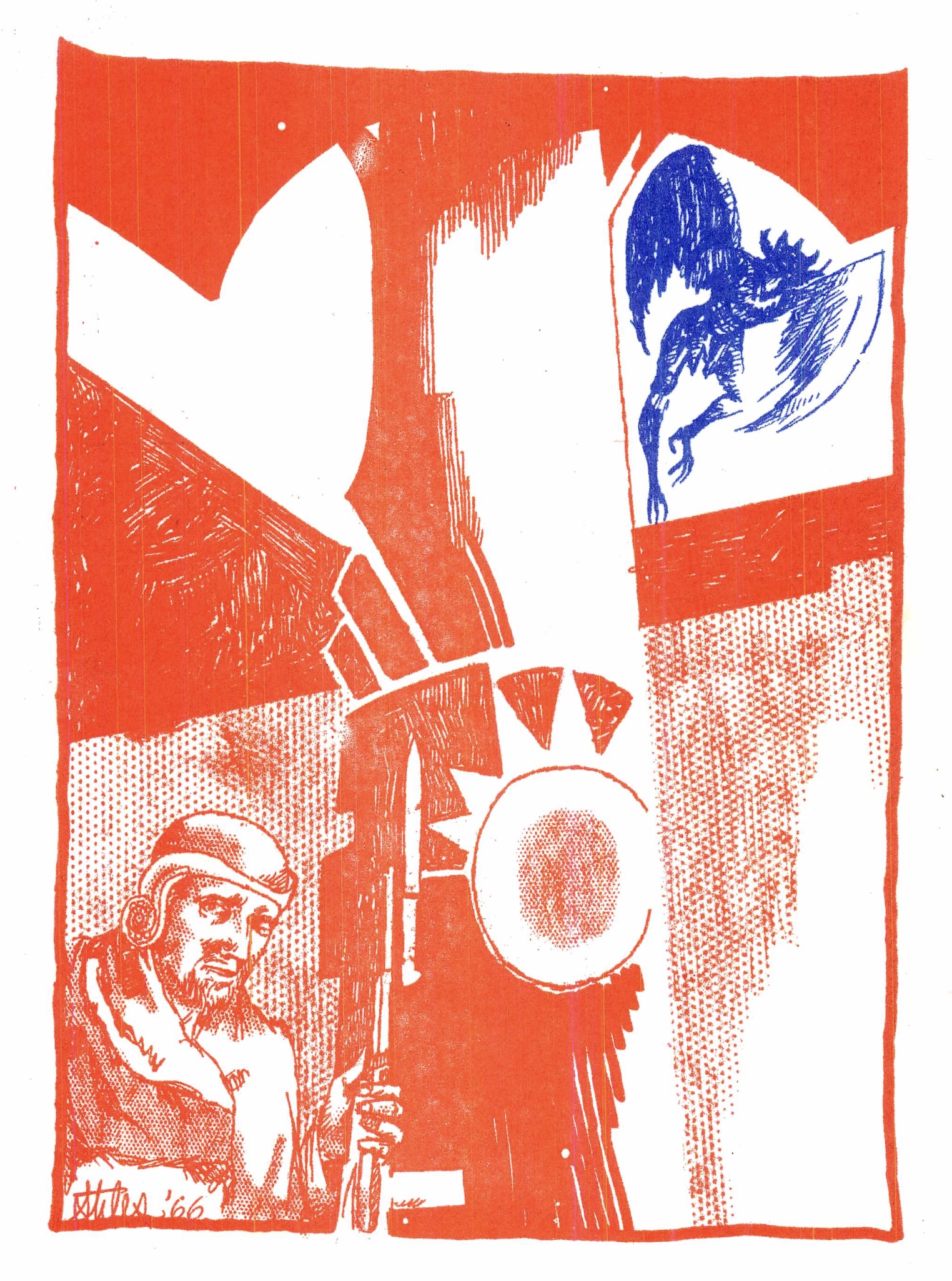
Cover of Habakkuk Chapter II, verse 3 by Steve Stiles
In most of these fanzines you would scarcely know that the United States is at war with Viet Nam. But Habbukuk has columns from the recently drafted Steve Stiles, now in basic training, and Colin Cameron, exploring the upsides and downsides of life in the army on active service. Otherwise this issue has a long editorial from Donaho. It is tedious on the matter of the parties he has attended recently, which are clearly more exciting to attend than to read about. It perks up, however, when he tells of officiating at what the papers called an 'LSD wedding'.
It has been a while since this issue came out; there were two in 1966 so hopefully we'll see another one soon.
Trumpet 5, April 1967, edited by Tom Reamy
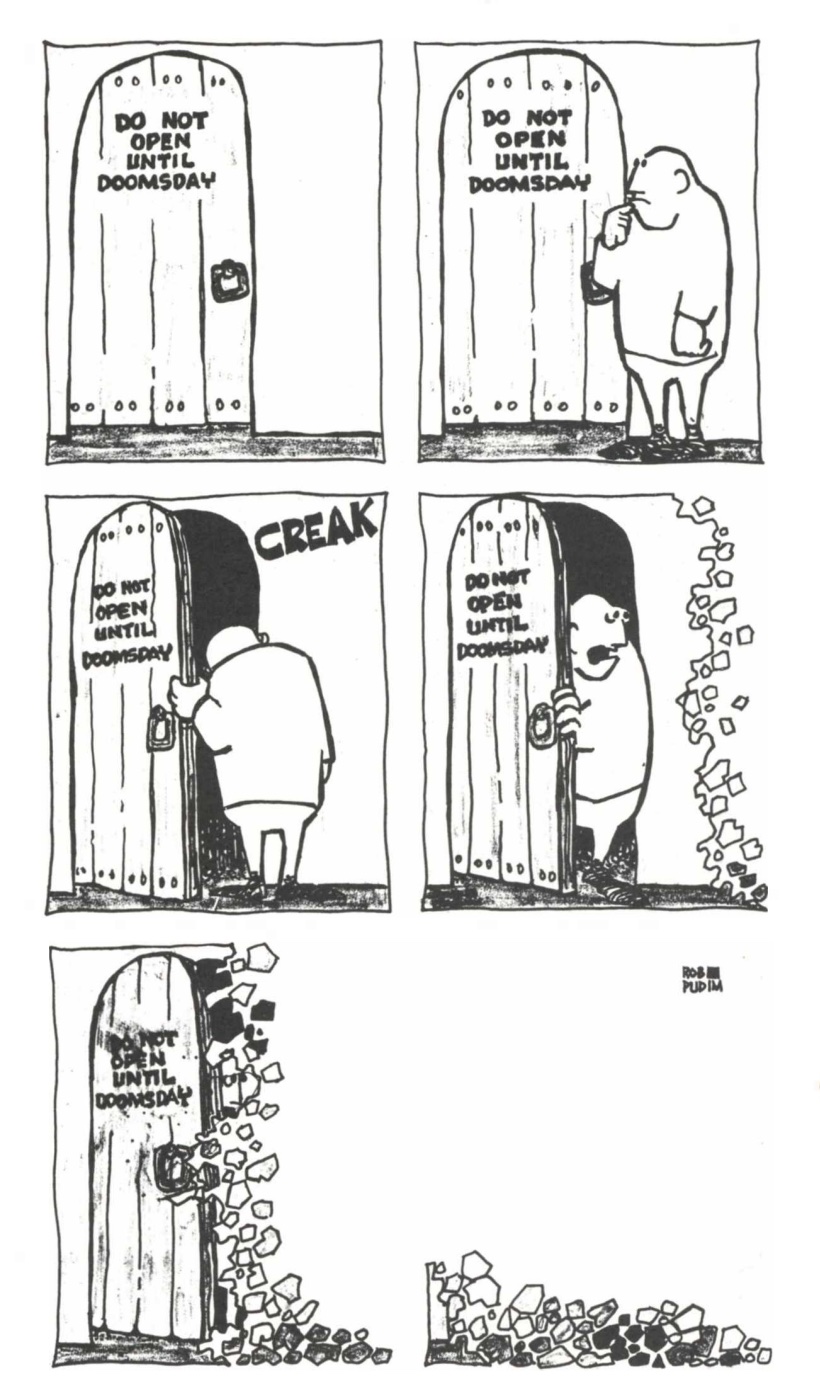
Interior illo from Trumpet 5 by Rob Purim
This is a fantastically well-produced offset litho fanzine full of good clear photos of fans taken at Tricon. It's a delight to see pictures of so many of the folks whose fanzines I've been enjoying.
It's only slightly marred by an entirely nude photo of a woman, devoid of SF content, fantasy content or clothes, on the contents page. Fan artists and photographers; think before doing this, and don't confuse erotica with science fiction, even if we often buy them both in the same bookshops.
The rest of the content, while beautifully produced, largely leaves me cold. There is SF and faanfiction here, and a lengthy deconstruction of Doctor Strangelove by Richard Hodgens that takes rather too long to say rather too little. I very much enjoyed the cartooning of Rob Pudim in this issue but overall I would have to say that Trumpet is a triumph of production values over content.
Riverside Quarterly Volume 3, No. 1, August 1967, edited by Leland Shapiro
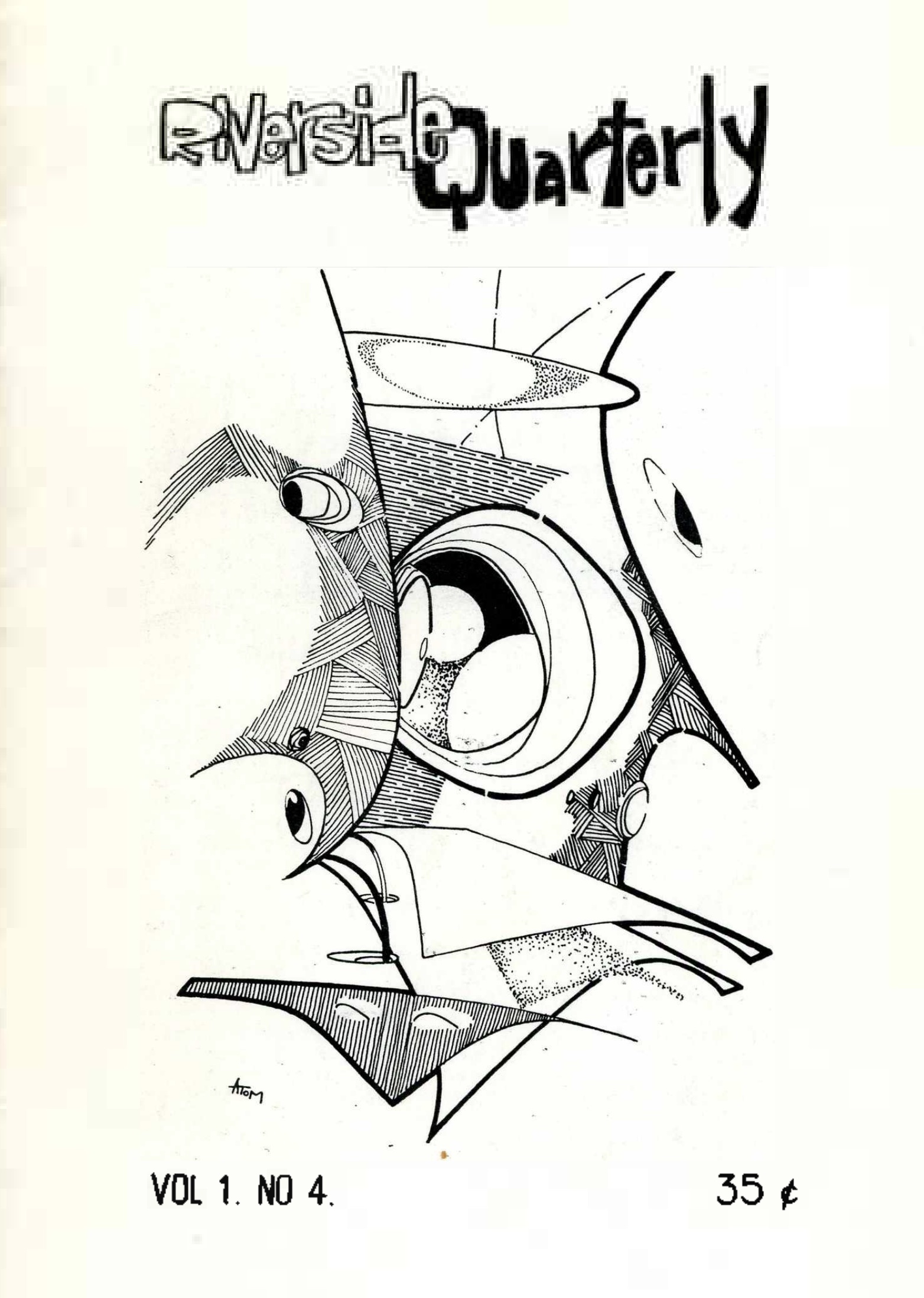
Cover of a previous issue of Riverside Quarterly by ATom (Arthur Thomson)
The 1966 issues of RQ had concluded Alexei Panshin's deconstruction of Robert Heinlein, Heinlein in Dimension. Jack Williamson's thesis on HG Wells is thin gruel by comparison, though careful, thoughtful stuff. Writing in Australian SF Review, John Bangsund describes Riverside Quarterly as "a bit too serious for my liking", and I am pretty sure that his enthusiasm for serious consideration of science fiction is way greater than mine. However there is a lot of interest here; in particular, for fans of SF poetry, there are a dozen poems here, some very good.
All of these fanzines have deep, interesting letter columns, where some of the great SF writers and fans of the day engage with the serious and less serious topics raised. Many of the correspondents write to several, or all, of these fanzines, and you can see the most important topics of our age being worked through in real time.
Overall, what does this crop of finalist fanzines and their contributors tell us about the state of science fiction fandom here in 1967? I would argue that it shows that it is in great health. The willingness of professional writers and artists in the field to contribute to, and engage with, fanzines can only be good for the development of the art and craft of science fiction. And, as they have done for half a century, fanzines remain a great way for fans to understand not just the genre, but the profession. And the three Hugos for fan activity will give us a chance to celebrate and reward the best of them.
(Thanks to FANAC, without whom this article would not have been possible)



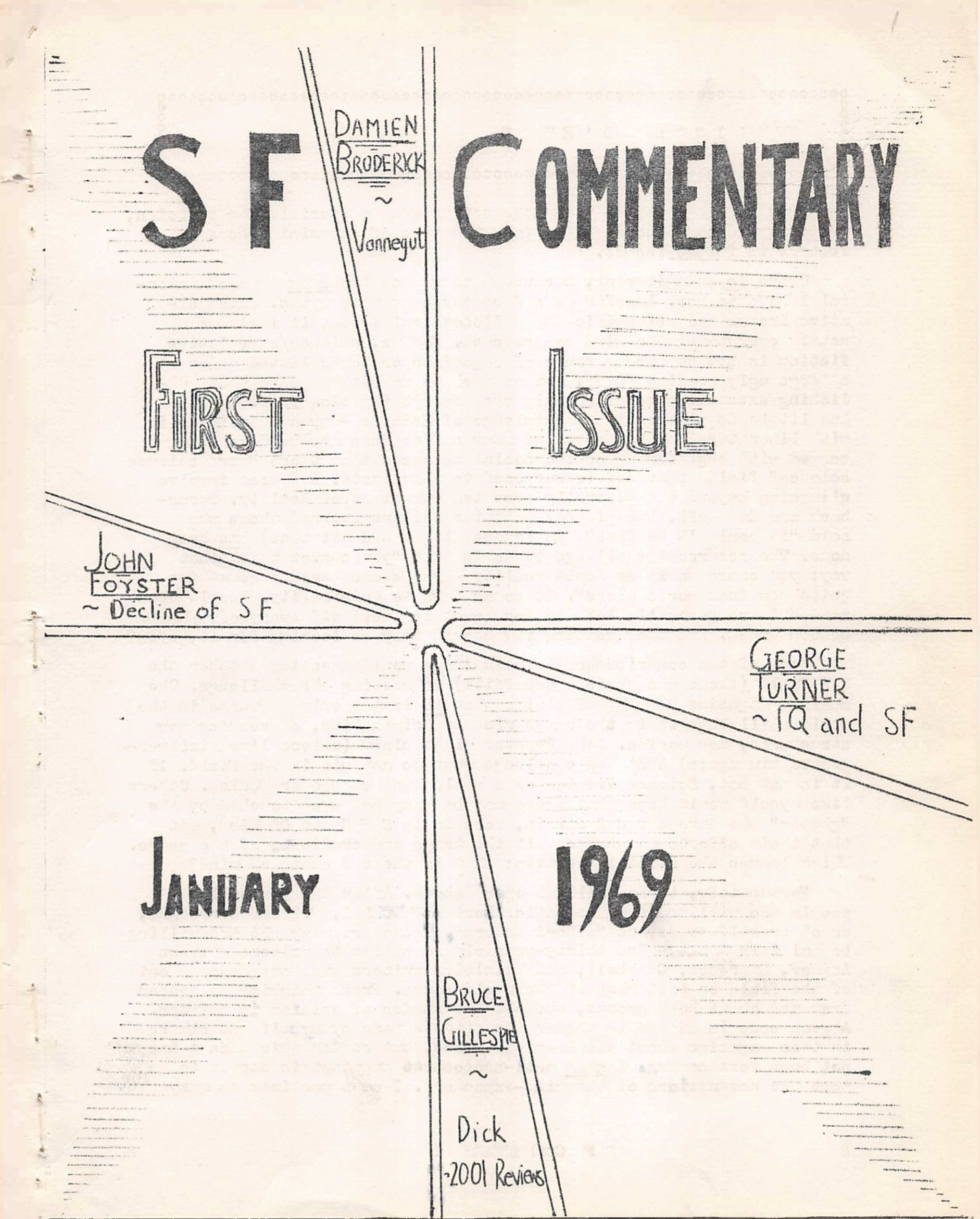
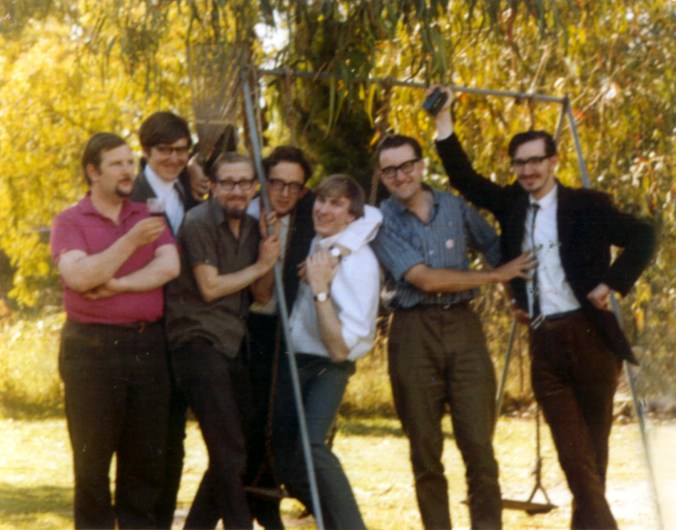
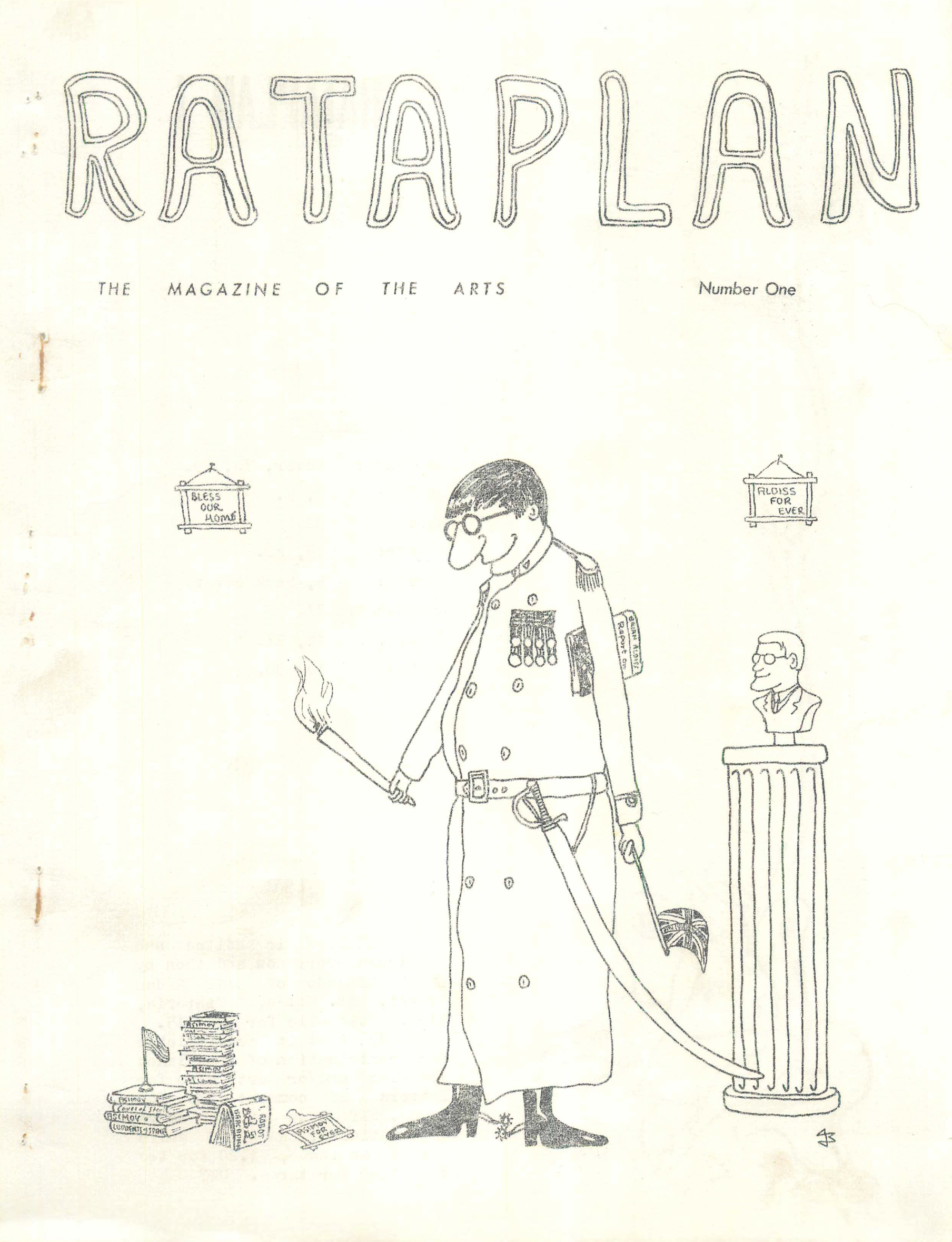

![[Apr. 20, 1969] Are Phoenixes Rising from ASFR's Ashes?](https://galacticjourney.org/wp-content/uploads/2024/04/690418coverasfr15-672x372.png)


![[September 16, 1967] A quick tour round the Fan Hugos](https://galacticjourney.org/wp-content/uploads/2022/09/670916-lighthouse-15-cover-by-jack-gaughan-672x372.jpg)







![[October 22, 1964] Introducing a "New Look" for Batman](https://galacticjourney.org/wp-content/uploads/2019/10/batman-cover-672x372.jpg)


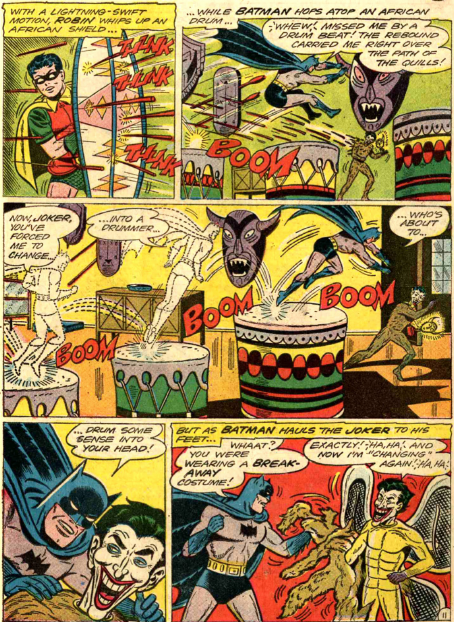
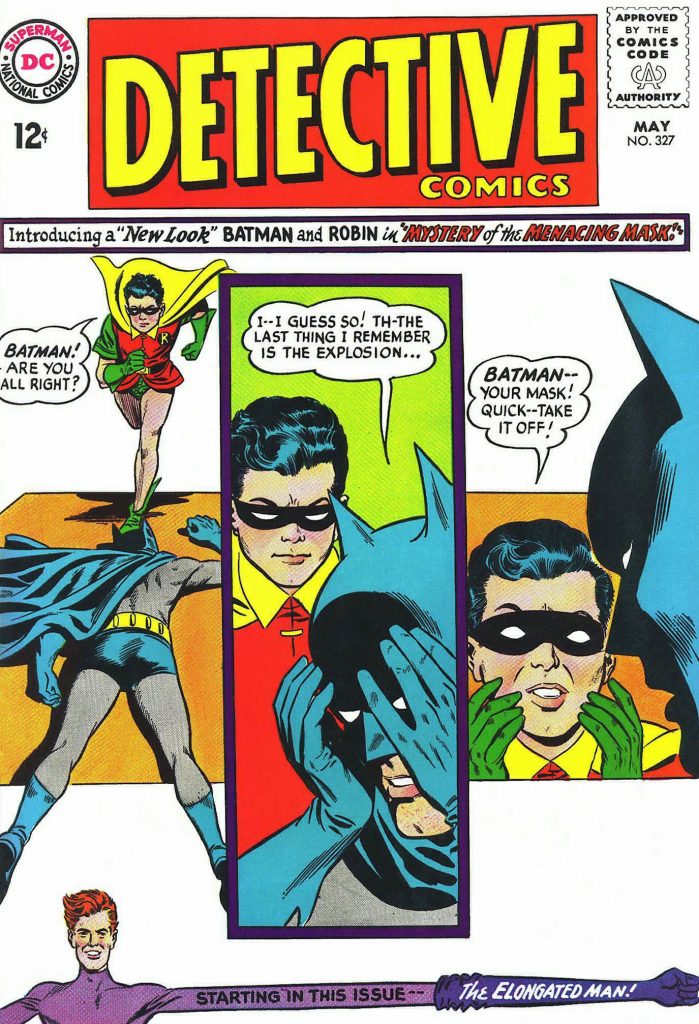

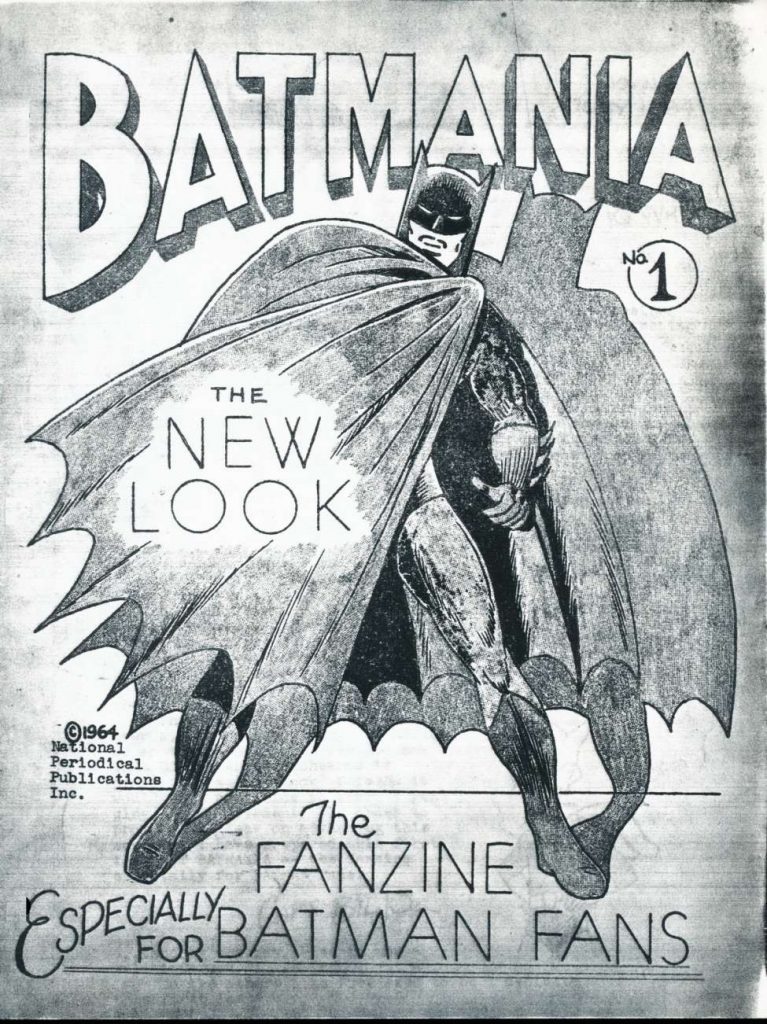
![[August 9, 1964] Heroic Considerations (Fall 1964 <em>Alter Ego</em>, July 1964 <em>Batmania</em>)](https://galacticjourney.org/wp-content/uploads/2019/08/640809AlterEgo7-cvr-672x372.jpg)

